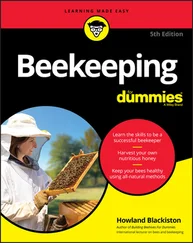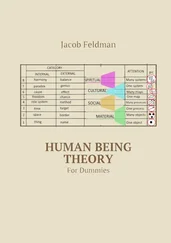You can start anywhere with For Dummies books, but there’s a logic to beginning at the beginning. However, if that’s not in your personality, no problem. Consider starting with Chapter 17and try one of the refreshing honey-infused cocktail or mocktail recipes. Then, while you’re sipping, move over to Chapter 1and read some historical information about honey’s role in different cultures over the past 10,000 years. There’s lots of trivia here that’s sure to make you a honey superstar at your next party.
If you are keen on knowing how to professionally taste and evaluate honey, check out Chapter 9to find out (scientifically) how your tasting apparatus actually works. Then try the tasting exercises to tune up your taste buds. Going on to Chapter 10, you can follow the same step-by-step methodologies used by certified honey sensory experts to taste, evaluate, identify, and describe different honeys’ characteristics and flavors. And now that you are becoming a tasting guru, hop back to Chapter 7. It profiles 50 of the world’s most famous varieties of honey. You can find detailed information, tasting notes, and food pairing suggestions for each of the honeys listed. We promise you’ll appreciate honey as you never have before.
Hungry? Why not jump to Chapters 15and 16to savor different honey recipes for cooking and baking. Many of these recipes were provided by renowned executive chefs. Chapter 14has recipes for making honey wine (mead). Waasail!
Or if you just want to have some yum fun, Chapter 19is all about how to plan and host a honey tasting party. There are ideas for the invitation, the menu, and how to set up honey games, music, contests, and of course, the main event — honey tasting. Please don’t forget to invite us authors!
Our advice is to not hurry through this book. There’s a ton of information here, and all of it will help you appreciate, better understand, and find new ways to use and enjoy honey. So, whether you just want to discover how to cook with honey or you’re planning to become certified as a honey sensory expert (sommelier), there’s an abundance of sweet stuff here just for you.
And, although this book includes some info about bees and how and why they make honey, if you want to know more about honey bees and the art of beekeeping, check out Beekeeping For Dummies, by Howland Blackiston (Wiley), and Honeybee, Lessons From an Accidental Beekeeper, by C. Marina Marchese (Black Dog & Leventhal).
Part 1
Honey, Give Me the Lowdown
IN THIS PART …
Journey back to the dawn of time and through the ages and discover how honey has been an influential contributor to our culture, spiritual beliefs, folklore, and culinary enjoyment.
Understand how and why honey bees make honey, as well as some other interesting facts about bees.
Gain knowledge about what’s in honey and why it’s considered such a beneficial and healthy food.
Find out how honey is harvested from the bees.
Get acquainted with the four basic styles of honey.
Chapter 1
Dipping into Honey’s History and Its Importance Today
IN THIS CHAPTER
 Meeting one of the oldest known species of bees
Meeting one of the oldest known species of bees
 Appreciating the significance of bees and honey in ancient Egypt
Appreciating the significance of bees and honey in ancient Egypt
 Discovering a not-so-pleasant use for honey
Discovering a not-so-pleasant use for honey
 Glimpsing the oldest known beehives
Glimpsing the oldest known beehives
 Tracing honey’s arrival in America
Tracing honey’s arrival in America
 Appreciating honey’s role in today’s culture
Appreciating honey’s role in today’s culture
The history of honey predates record keeping. But there are clues and documents that validate the significant role this remarkable and treasured food has played since the early days of life on earth. Honey is a celebrated food that has filled entire books. In this chapter I’ll share some betcha-didn’t-know information about honey’s role throughout history. The information is sure to make you a trivia celebrity at your next party.
Introducing Discoscapa apicula — the World’s Oldest Bee?
It may not be a catchy name, but Discoscapa apicula is the binominal nomenclature, or commonly, the genus and species, of one of the oldest known species of bees. A rare specimen of this bee was preserved in Burmese amber that was found in what is now Myanmar (Southeast Asia). This bee, shown in Figure 1-1, is believed to date from the Cretaceous period, which was about 100 million years ago. To put that timeline in perspective, this bee was buzzing around during the same period that T-Rex was hunting for prey. Discoscapa apicula certainly shows some resemblance to the modern honey bee. Pollen grains were found on its legs that showed the bee had recently visited one or more flowers before becoming stuck inside a drop of resin and preserved for millions of years. You’ve got to wonder whether this bee also collected nectar and made honey? Maybe?
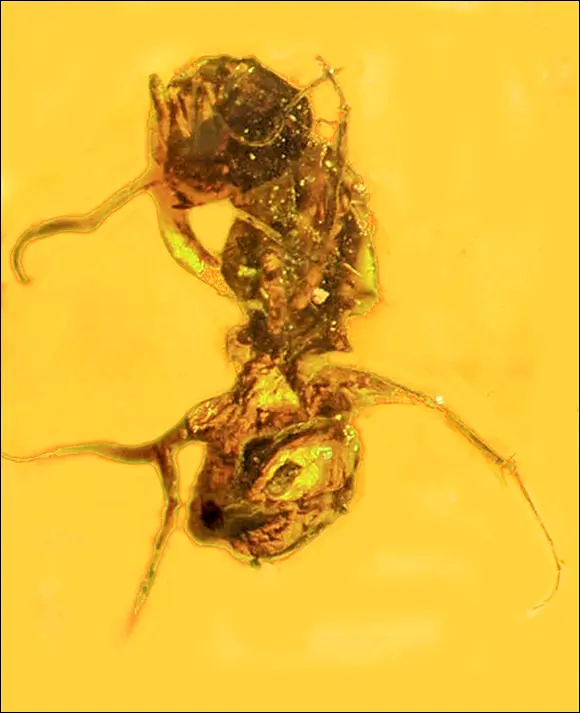
Courtesy of George Poinar
FIGURE 1-1:This little bee (entombed forever in amber) shared the earth with T-Rex, making it around 100 million years old. It’s the oldest known species of bee.
Eight thousand years ago, long before humans “domesticated” honey bees and became beekeepers, our early ancestors enjoyed the wonderful sweet qualities of the honey that bees made. They would hunt the honey from wild hives. No doubt a dangerous pursuit, climbing tall trees and sheer rock cropping to hunt down the bees and steal the honeycombs from the defensive occupants. In this early cave painting discovered in Biscorp, Spain, circa 6000 BC, we see a figure harvesting wild honey (see Figure 1-2). These early honey hunters found nutrition and energy from eating the wild honey, as well as rich protein from the bee brood.
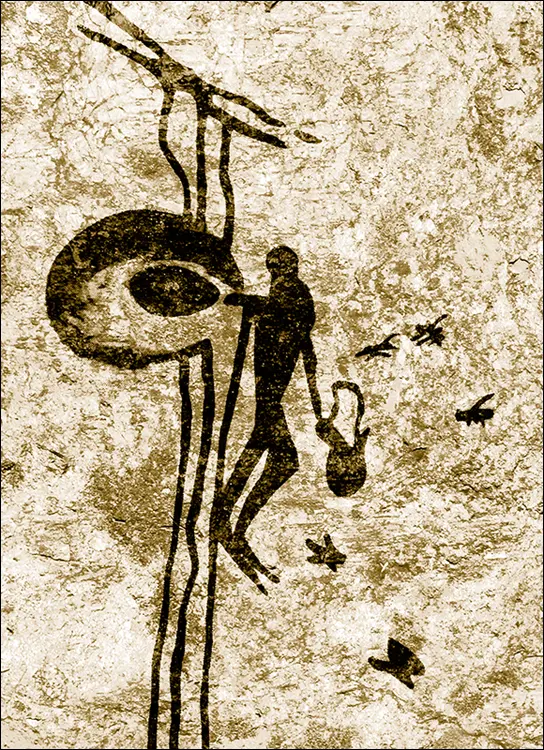
Illustration by Howland Blackiston
FIGURE 1-2:Honey hunter collecting nourishment from a wild colony of bees.
Raising Bees in Ancient Egypt
The honey bee held great religious and spiritual significance in ancient Egypt. It was once thought that honey bees were the tears of the sun god Ra. Bees were regarded as a symbol of royalty and represented the lower Egyptian kingdom. There is no shortage of hieroglyphs documenting the significance of honey bees, the honey they produced, and the beekeepers who attended the hives. See Figure 1-3.
Honey was a treasured commodity for ancient Egyptians. They would float their beehives up and down the Nile following the bloom of the seasonal flowers. When the flowers stopped blooming in one region, the bees were moved further down the Nile to forage on other flowers, eventually traveling the entire length of Egypt. Honey was produced on a very large scale from a variety of floral sources. Surprisingly, the coveted Egyptian cotton is pollinated by honey bees.
Читать дальше
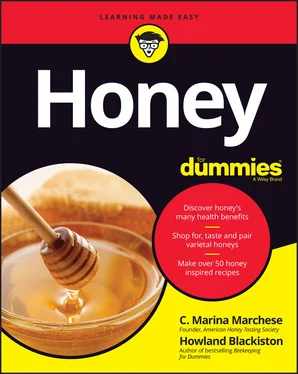
 Meeting one of the oldest known species of bees
Meeting one of the oldest known species of bees








